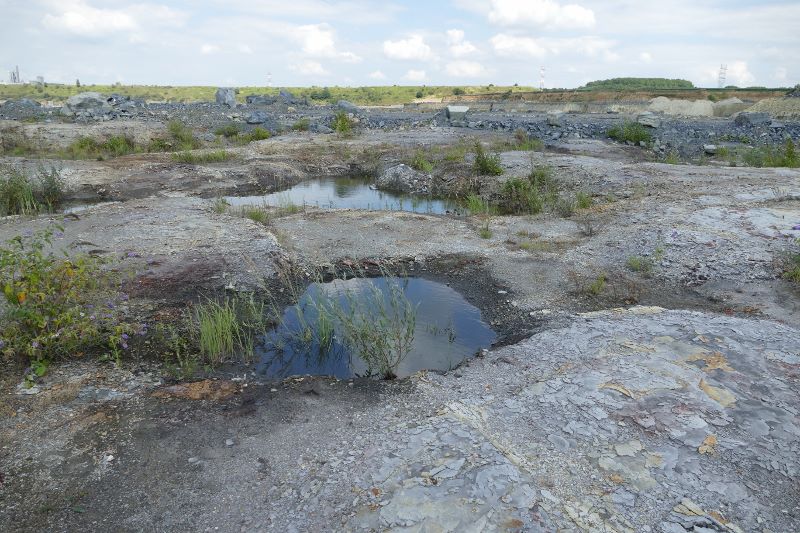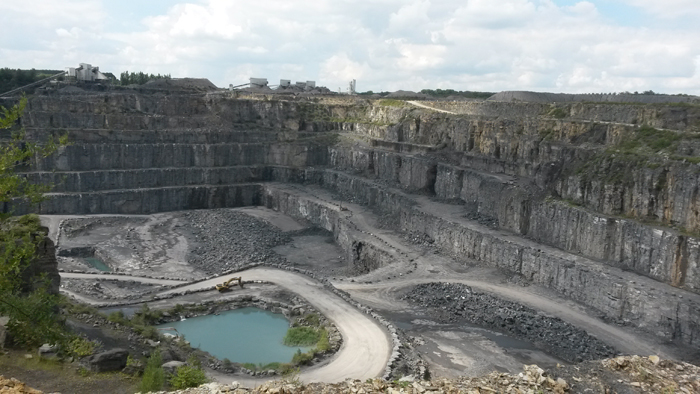Case Study
LiFE in Quarries
Contact name
Victor de Nève
Institution name
Fediex
Region & country
Walloon region (Belgium)
Summary
The objective of the Life in Quarries project is to develop, manage and maintain the hosting capacity of biodiversity of active quarries in Belgium. The originality of the project is to anticipate the implementation of biodiversity management measures during the extracting period in order to maximize stable and biodiversity-rich ecosystems in post-exploitation phase. The project requires to develop and to demonstrate new approaches of dynamic management of biodiversity, but also to identify lock-in situation like administrative and legal constraints to apply new management measures to protected species.

Biodiversity and quarry exploitation is possible
Benoît Gauquie

Biodiversity and quarry exploitation is possible
Benoît Gauquie
Background of the project
Before this project, biodiversity was not or little taken overall into account in quarry management but not systematically. There was only spontaneous naturals environments without necessarily an engagements of preservation on the site. With this project, a network of temporary and permanent habitats is managed dynamically in time and space across the quarry in parallel with the extractive activity, ensuring constant availability of suitable habitat for development of biodiversity.
The need to implement sustainable management of quarries on the long term by implementing measures to protect, manage and develop biodiversity. Best practices to protect, manage and develop biodiversity in order to further develop sustainable management of quarries on the long term. A second need concerned the training of quarry staff on identification and management of natural environments and species.
Solution and actions taken
Establishment of an inventory (natural environments and species), creation of a concerted action plan within twenty five quarries in Wallonia and establishment of a long-term management plan. The action plan provides for a charter making it possible to derogate from the destruction of habitats of protected species following the excavation of the quarry, provided that the environment destroyed is reproduced elsewhere.
Implementation of: dynamic management of temporary ponds, regular loose bank refreshment, creation of shelters, scree management, creation of permanent ponds, restoration and management of grasslands.
Finally a company commitment to sustainably maintain a minimum number of functional habitats for the target species of the project.
Other institutions or parties involved
Nature Park Plaines de l’Escaut, Walloon Region, Natagora, Fediex, University Liège – Gembloux Agro Biotech
Results
Transfer of the methods, the developed good-practices and experience over a minimum of 6 sites at international European level.
Challenges
Anticipating the implementation of biodiversity management measures during the extracting period in order to maximize stable and biodiversity-rich ecosystems in post-exploitation phase.
Lessons learned
Introducing more biodiversity into quarrying was not such an obvious gamble. Finally, mutual understanding and listening to quarries and naturalists made it possible to work together and achieve the objectives of the project. Those in charge took ownership of the project thanks to a digital platform that allows them to manage the habitats via a dashboard and report to the Walloon Region.